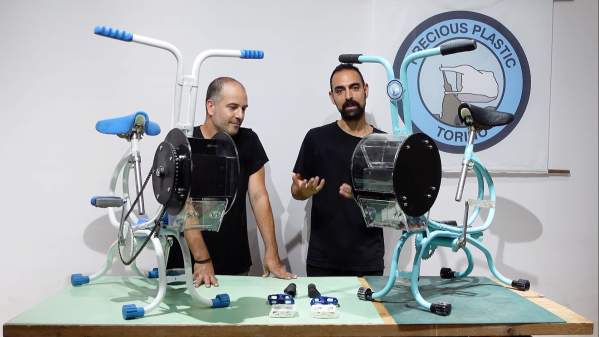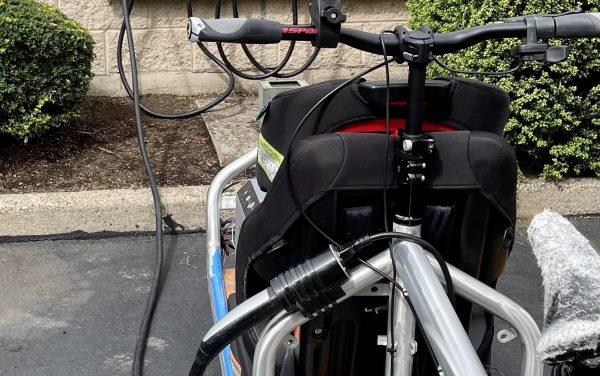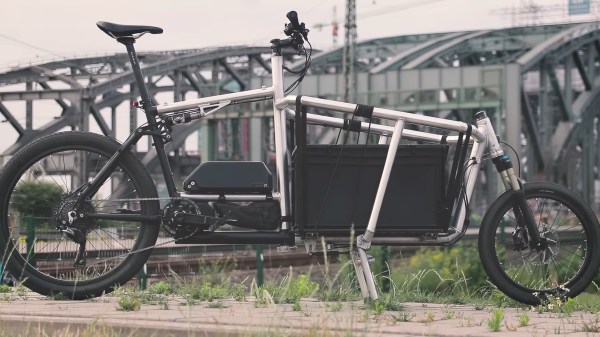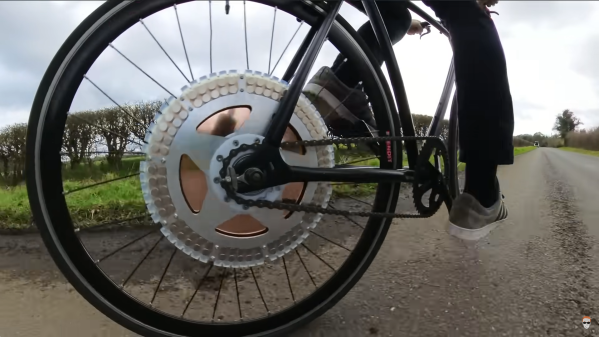When you’re out riding your bike, a horn can be a useful warning device to other road users and pedestrians alike. It can also be a source of fun and amusement, or annoyance, depending on the sounds it makes and how you use it. For the ultimate flexibility, you might like this digital bicycle horn that offers customizable sounds, as developed by [gokux].
The build has attractive two-tone components, consisting of a button pad for playing four sounds, and a sound module with a 3 watt speaker and battery pack. A Seeed Studio XIAO SAMD21 is the heart of the operation, with the microcontroller paired with a DFPlayer Mini which handles sound duties. When one of the four buttons is pressed, the microcontroller loads the relevant sound off an SD card, and plays it out over the speaker. For power, the build uses a lithium rechargeable battery with a healthy 1200 mAh capacity, which can be readily recharged thanks to a TP4056 charger module with a USB-C port.
It’s a nifty little build, and we love the Metal Gear Solid sounds. Though, we do wonder just how audible that 3 watt speaker is. If it proves inadequate, you could always step up to a much larger driver paired with a hefty audio amp if you so desire.
Continue reading “Digital Bike Horn Will Play Custom Sounds, Please Be Tasteful”

















